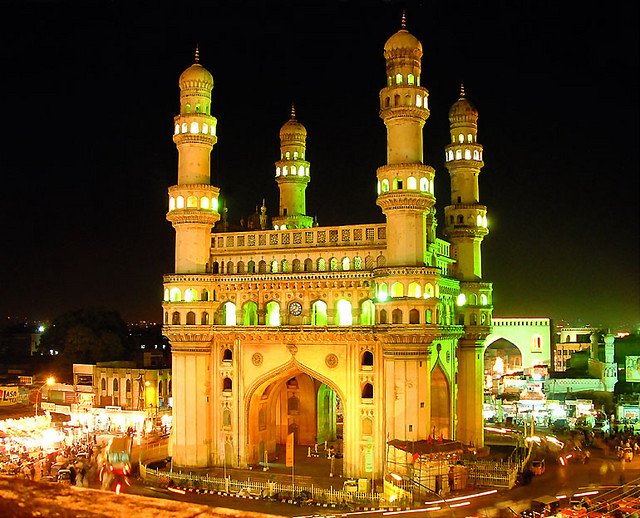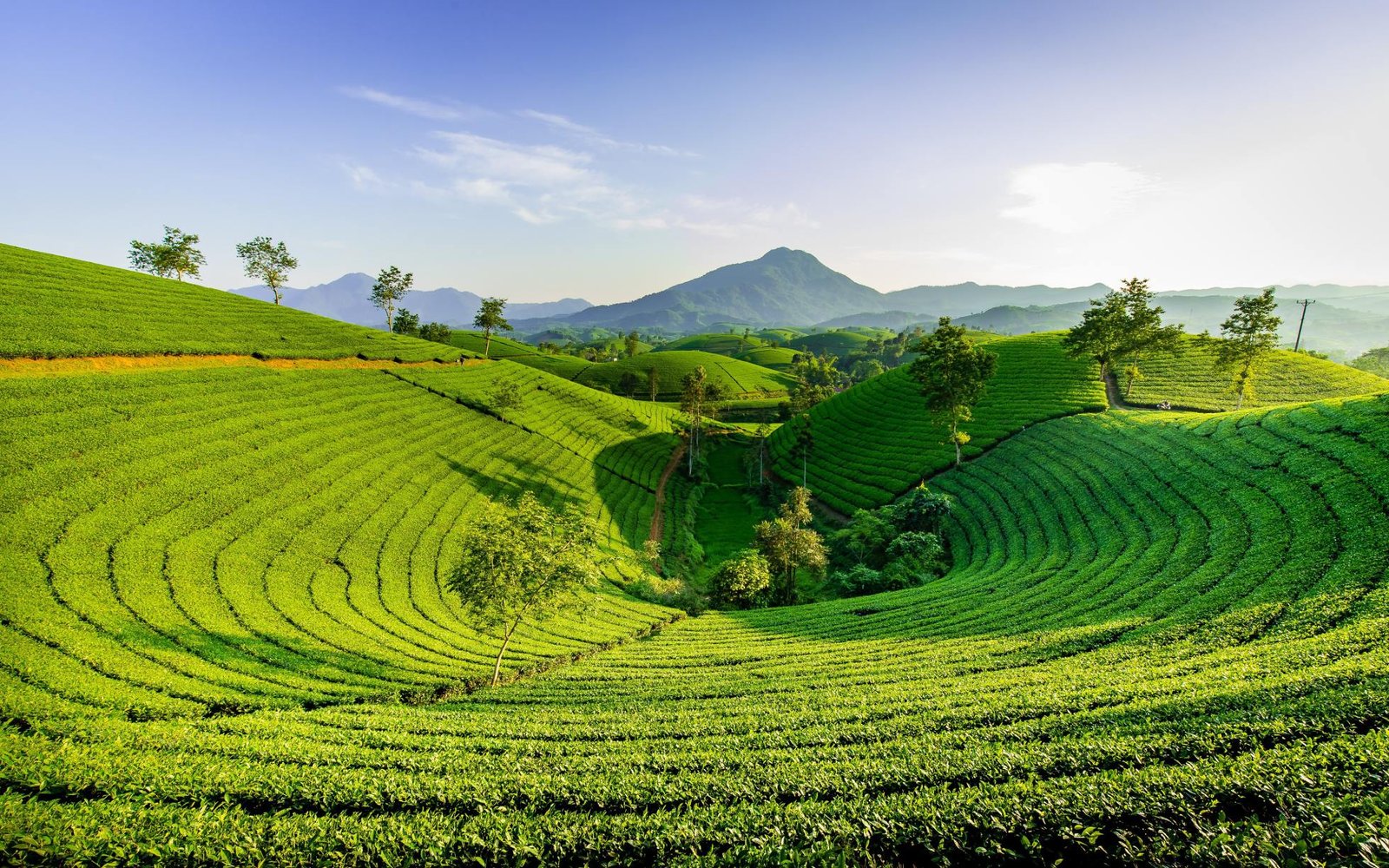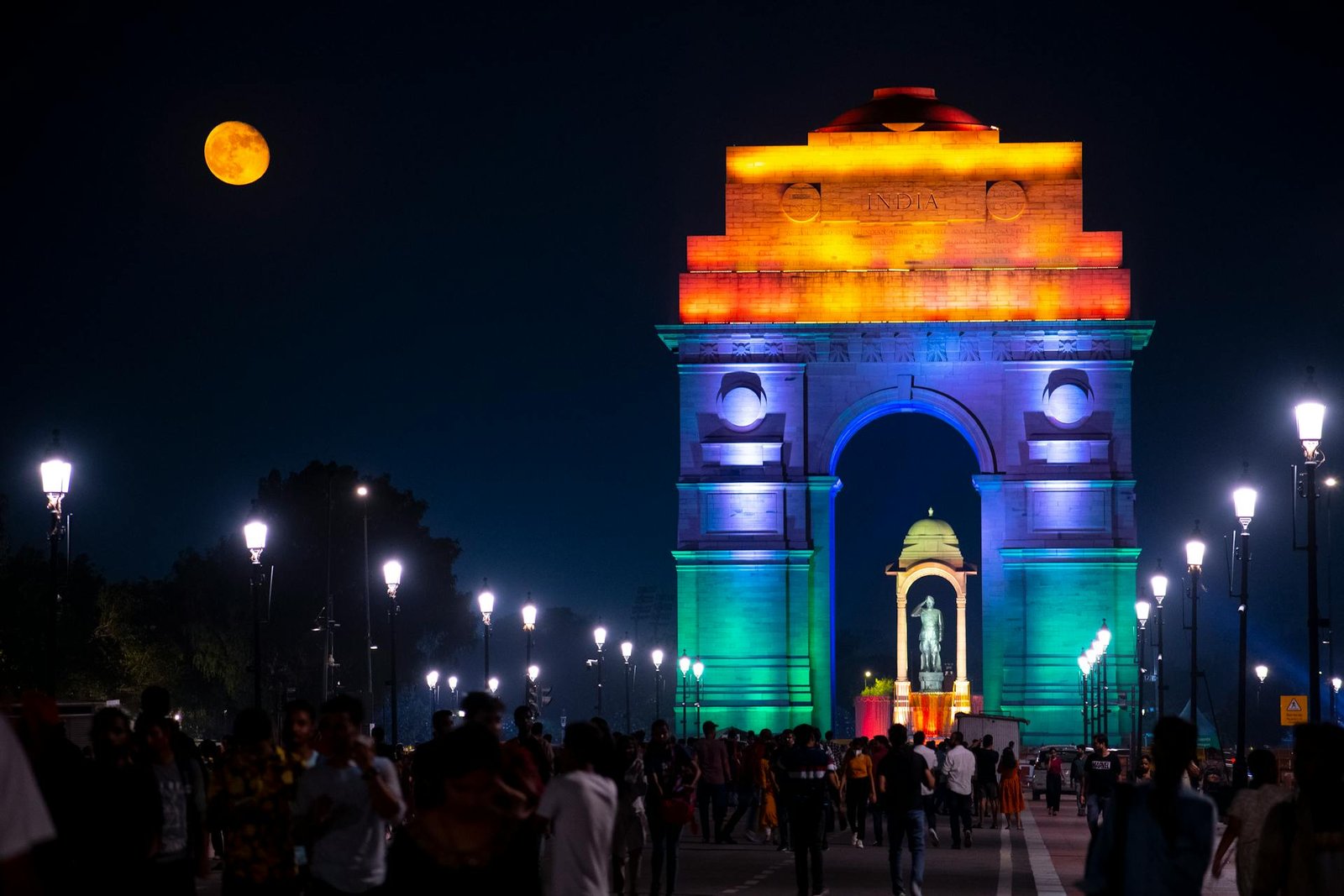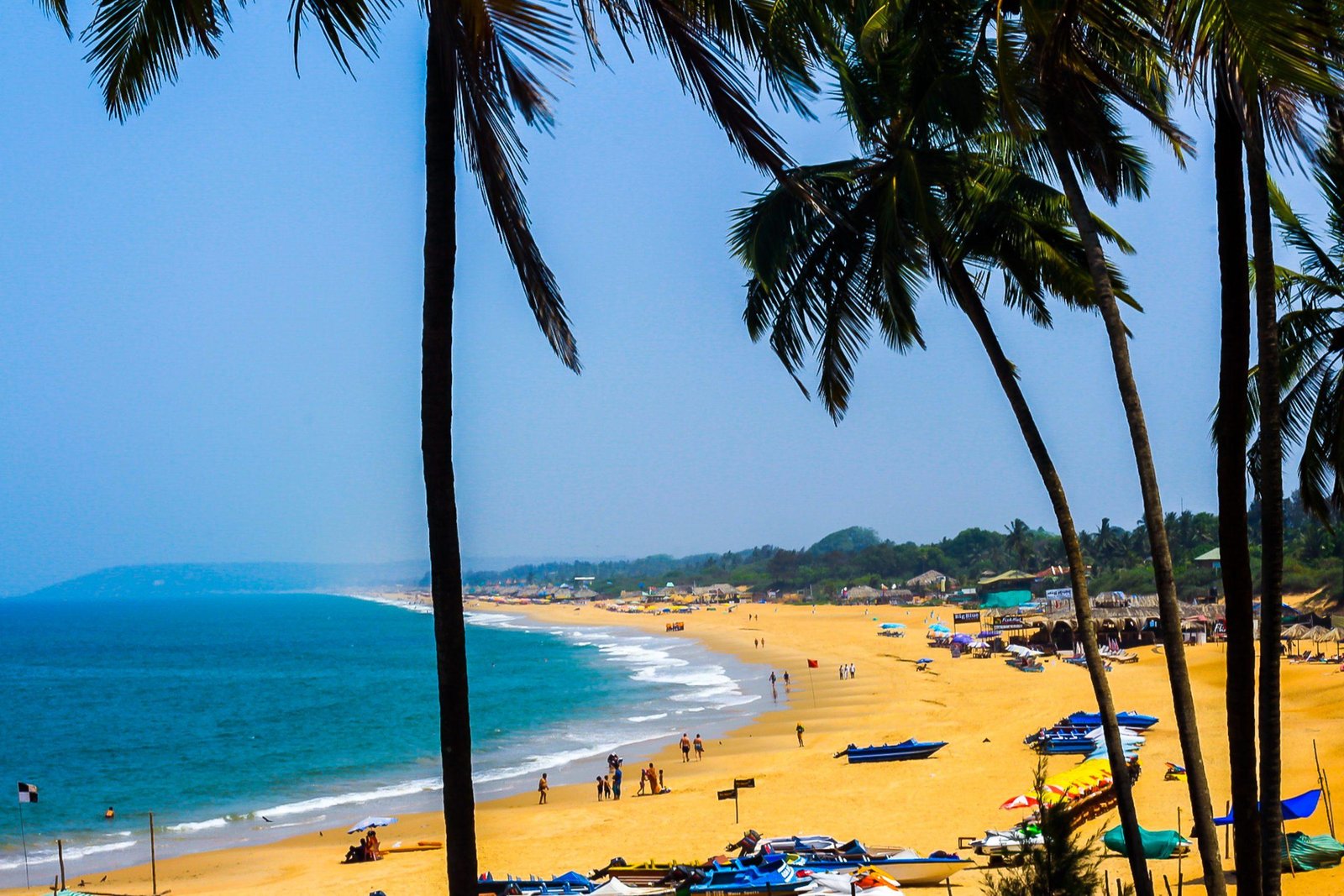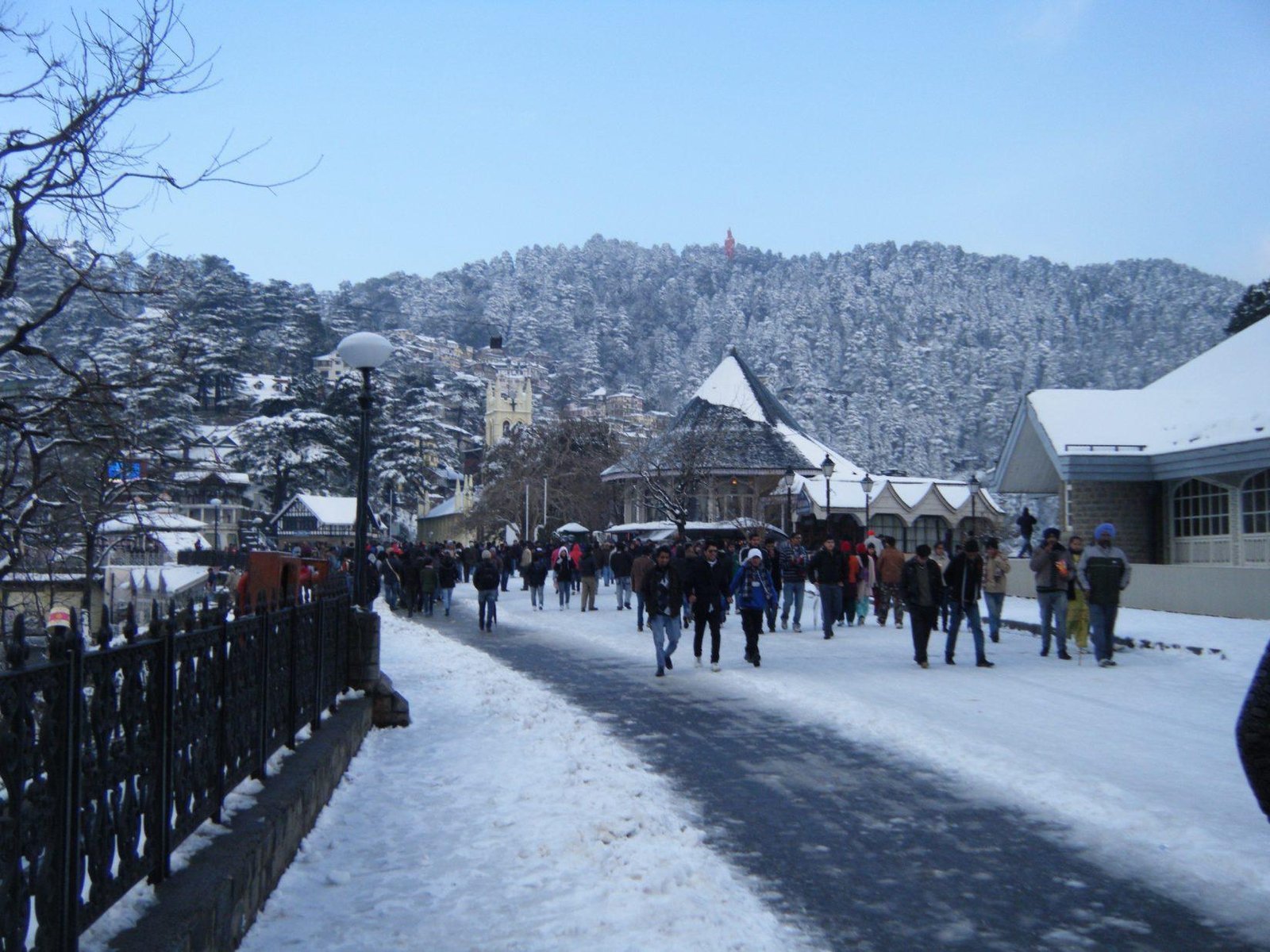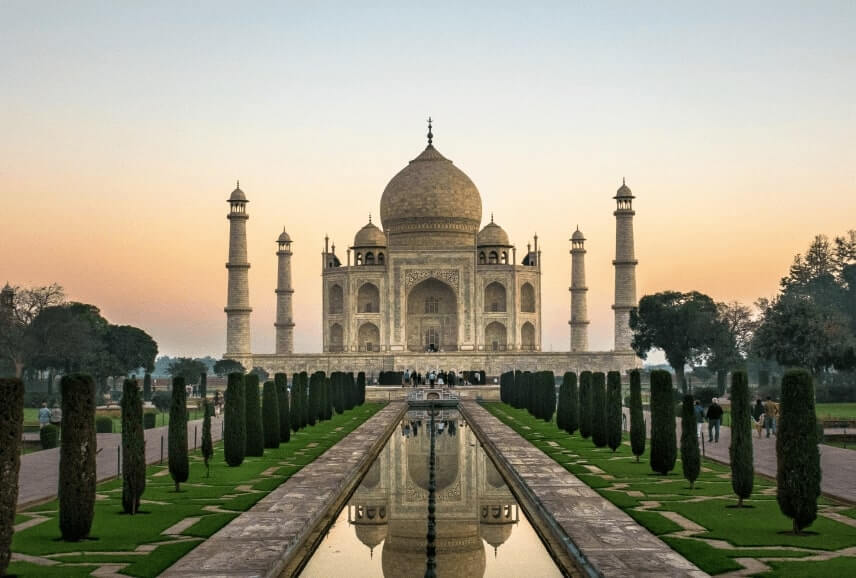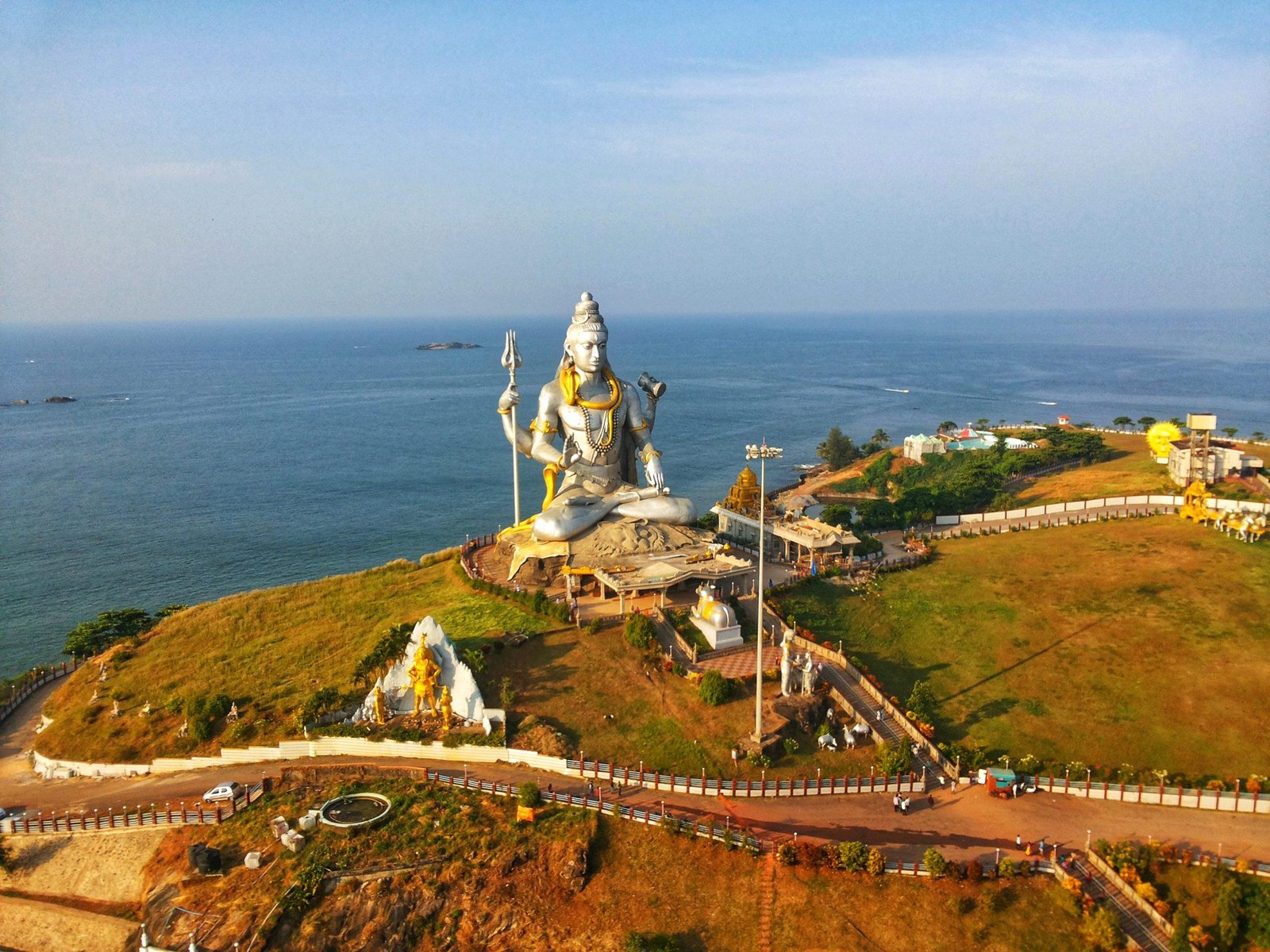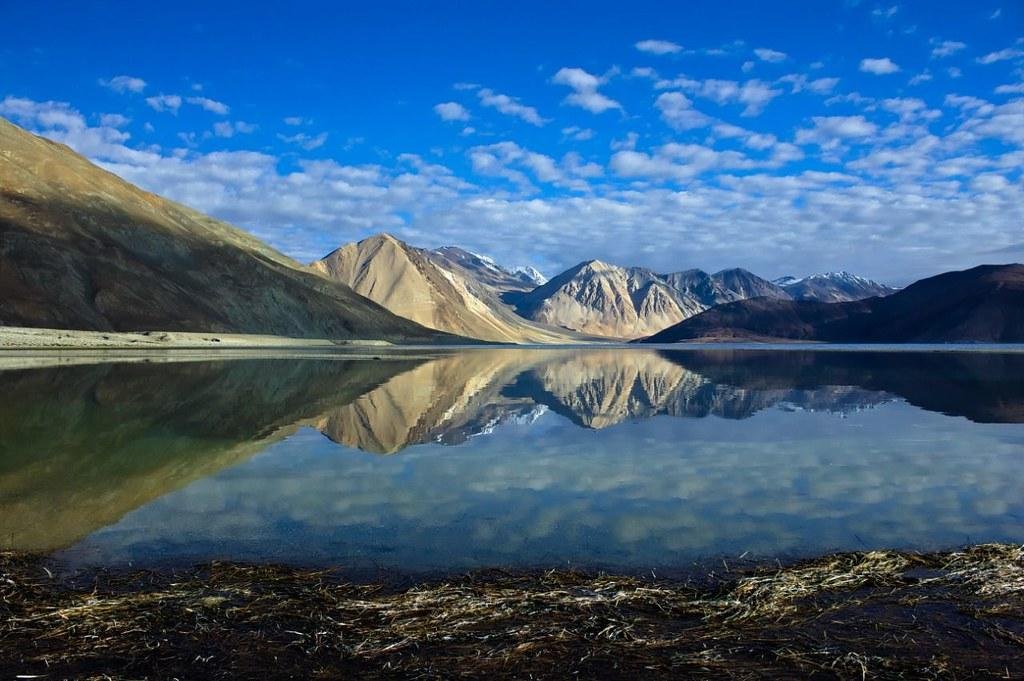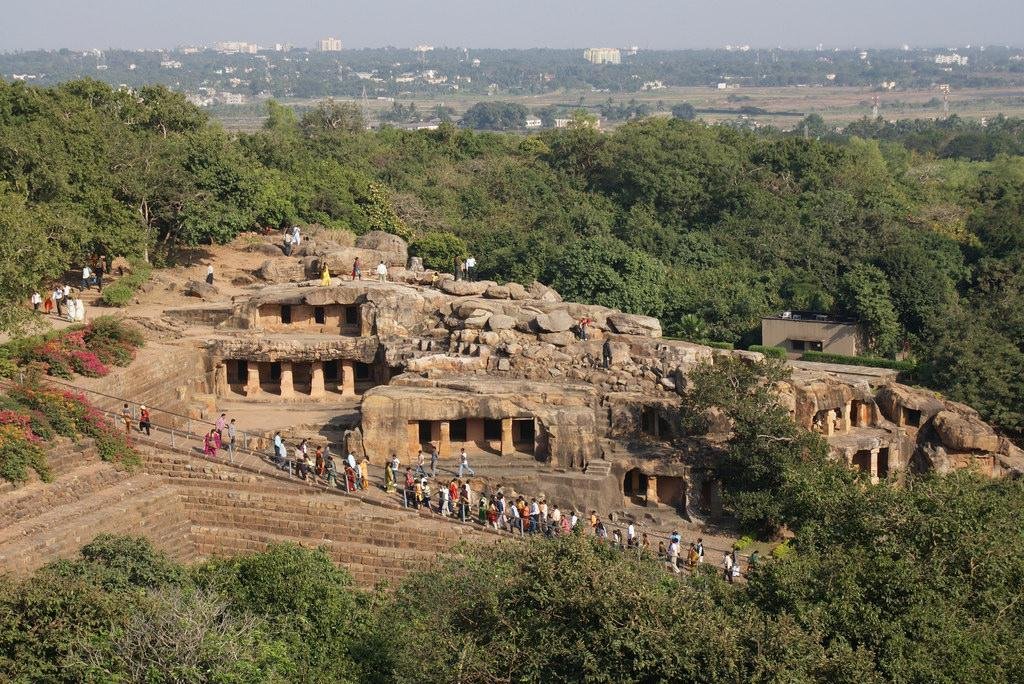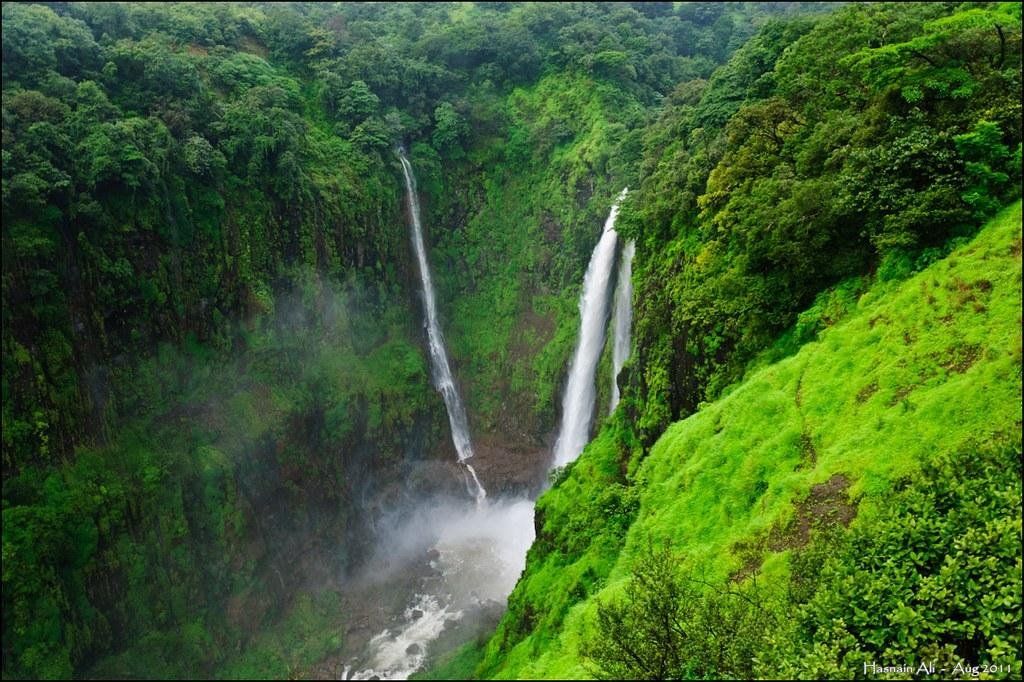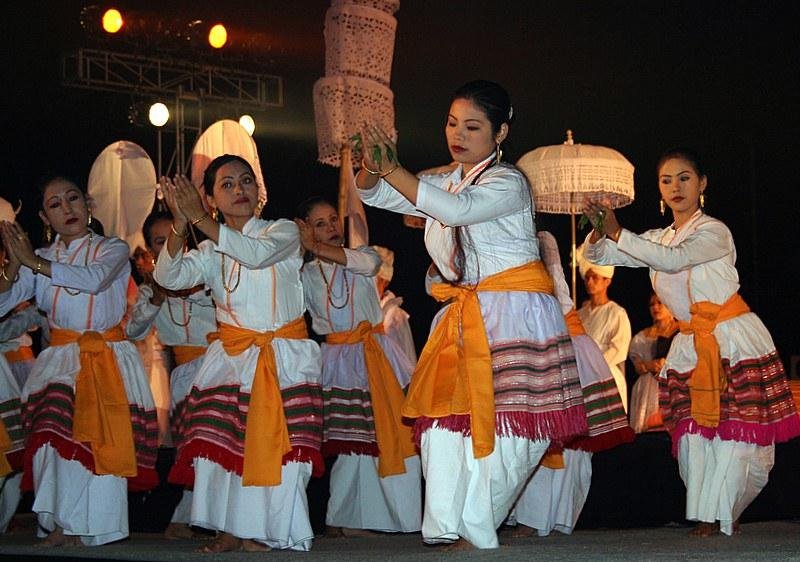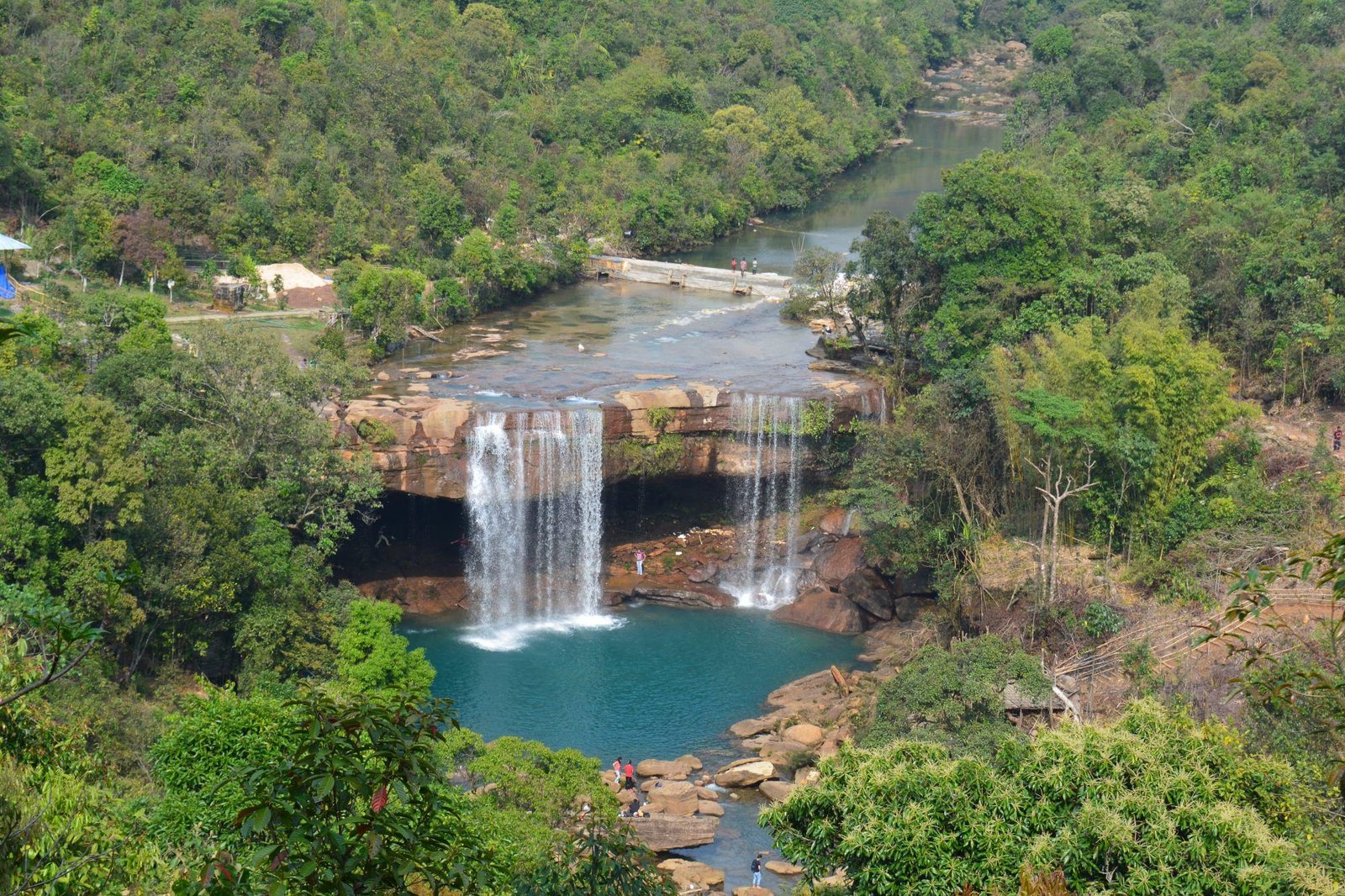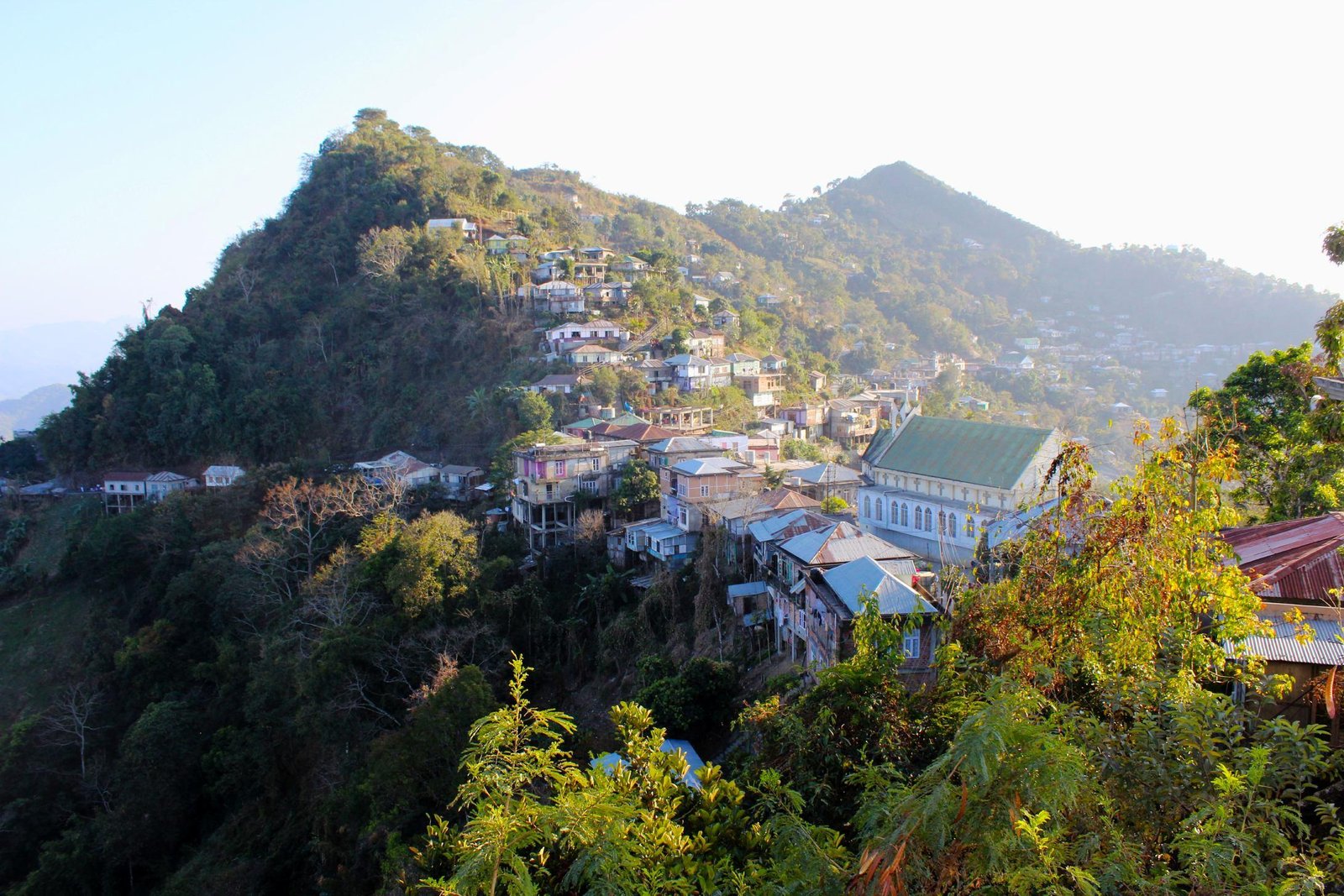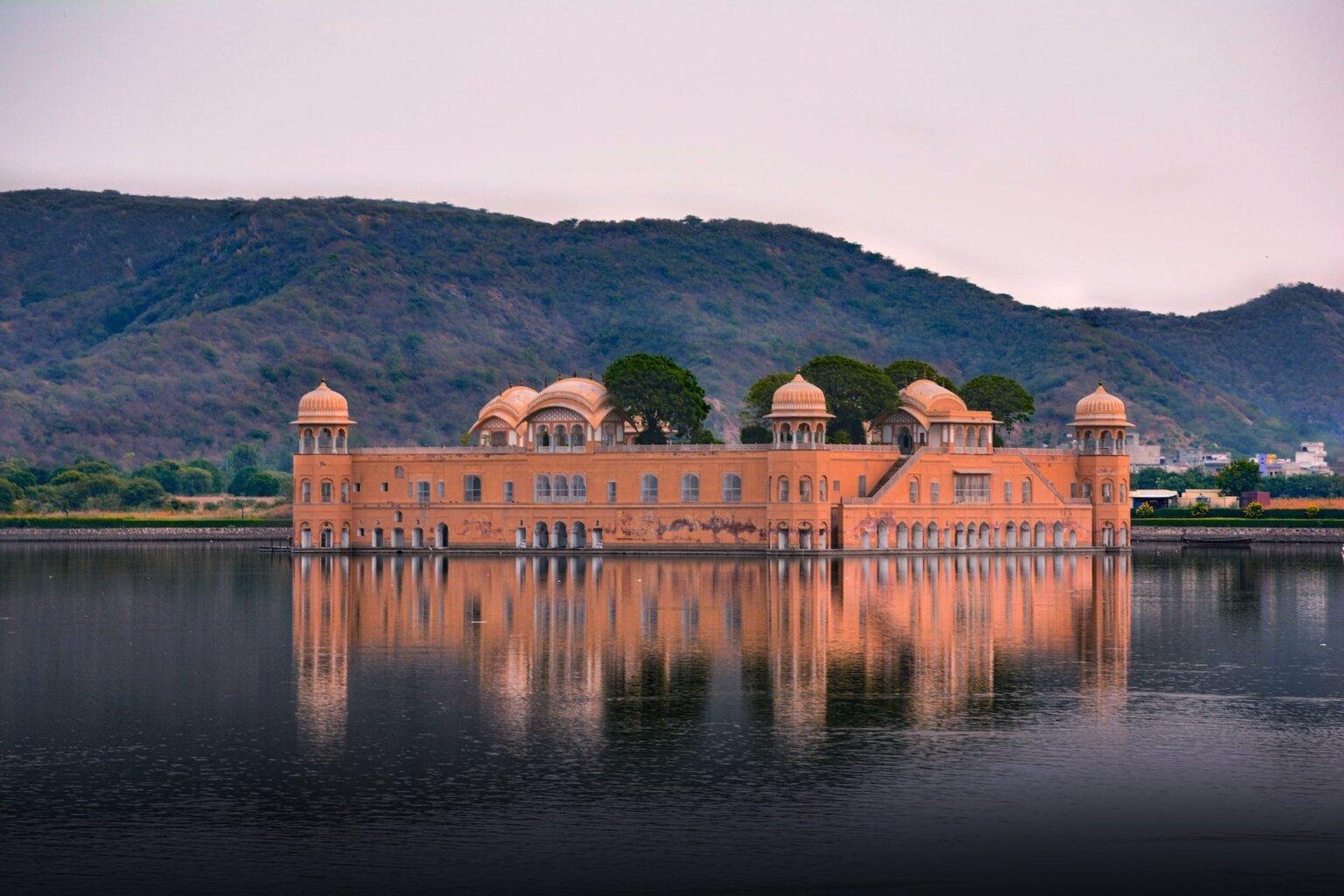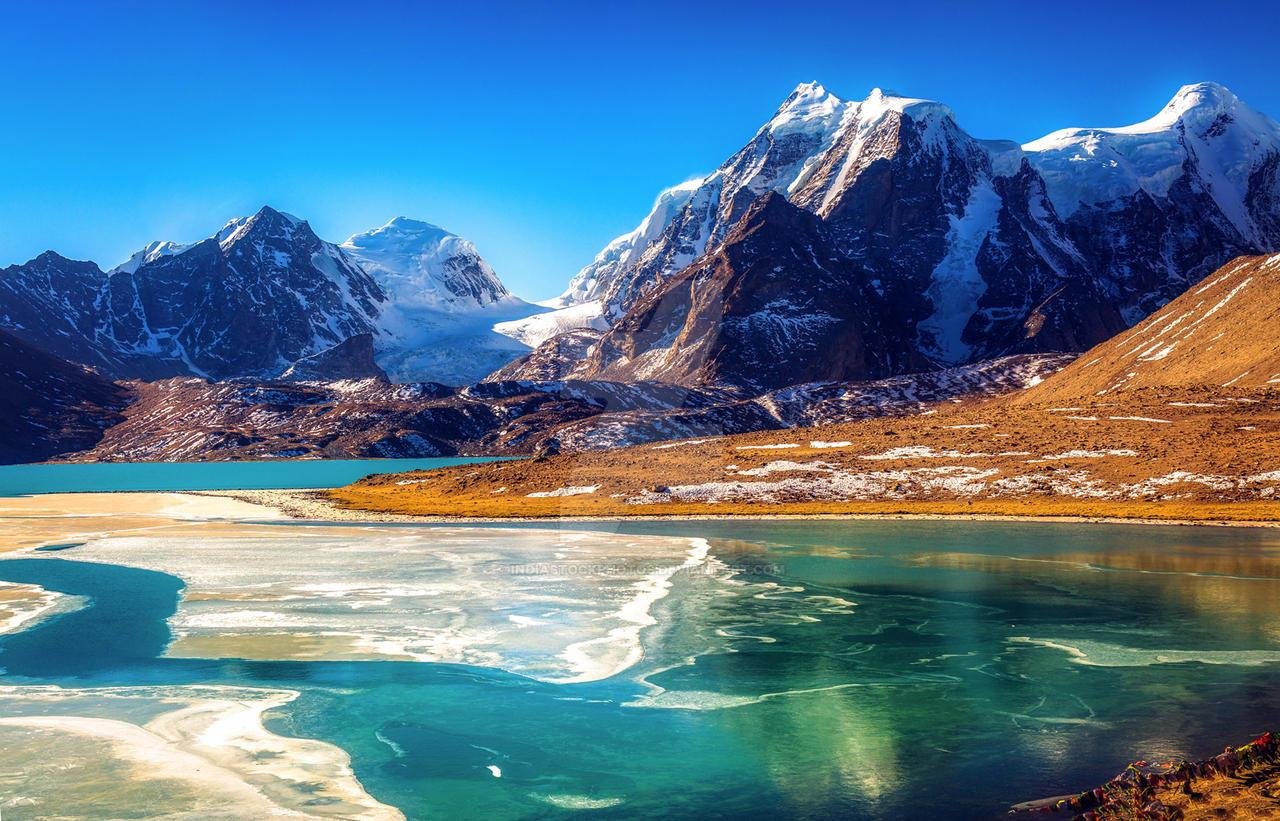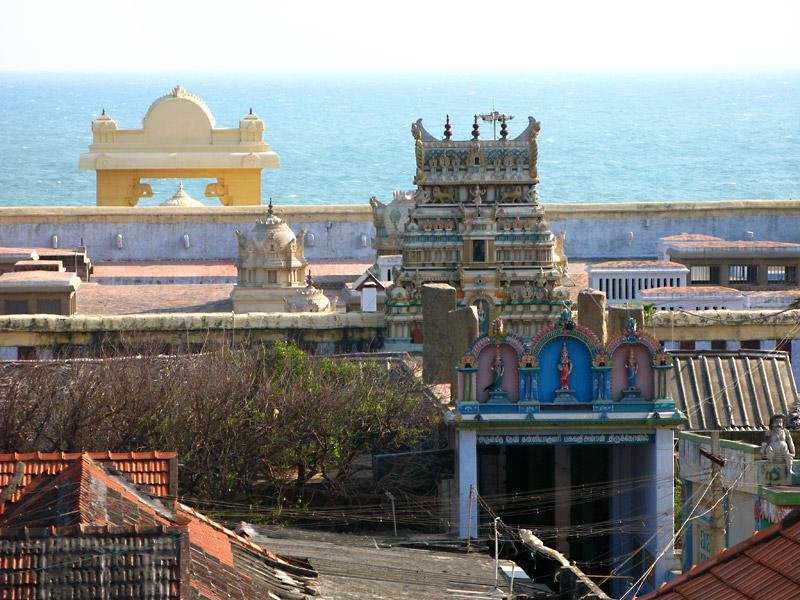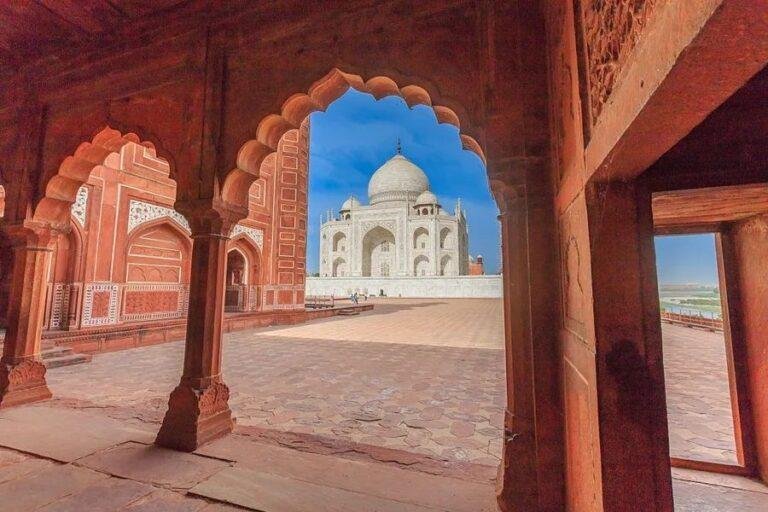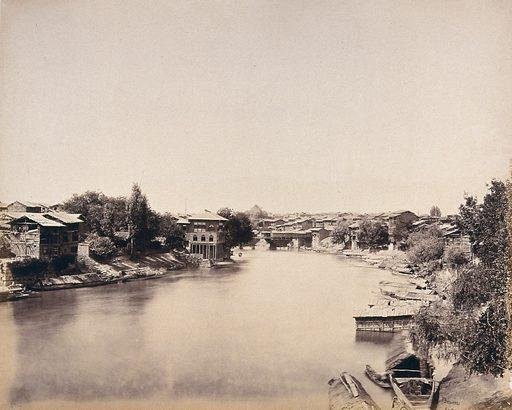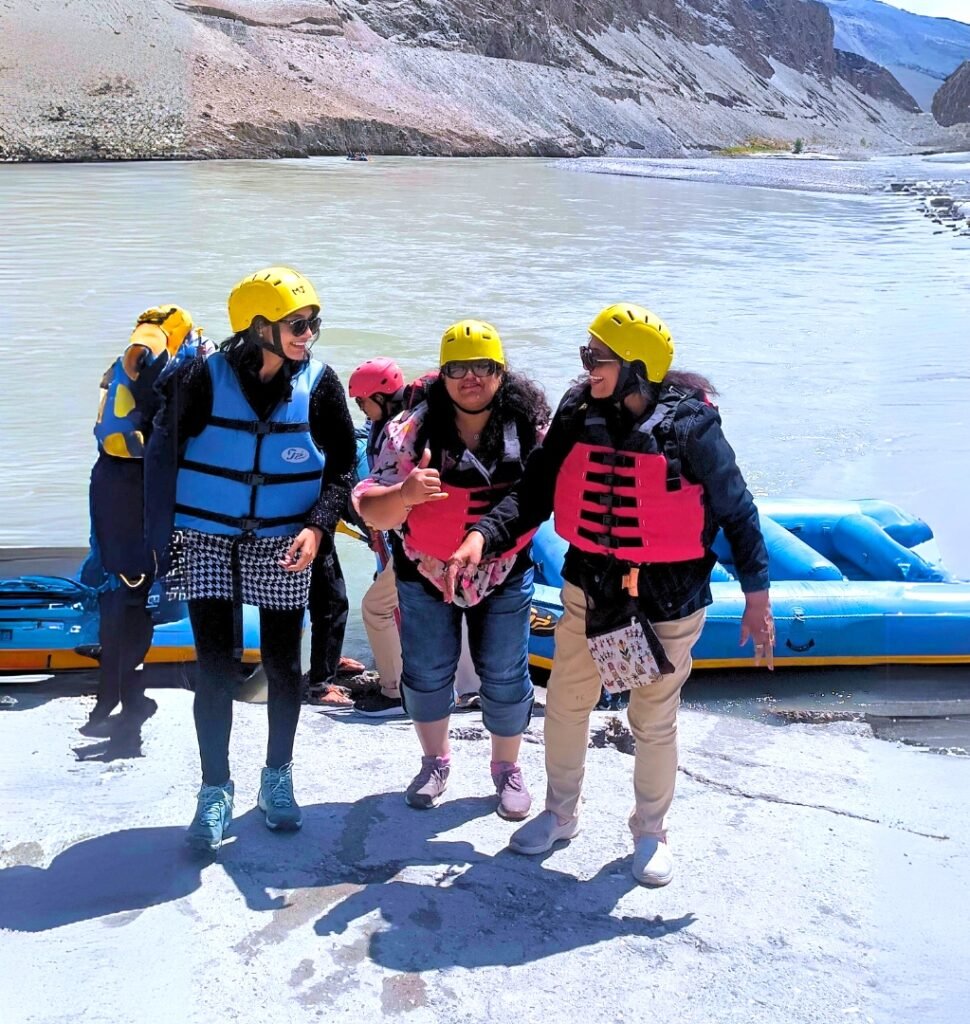The history of Kashmir is long and complex, with a rich tapestry of cultural, religious, and political developments. Here is an overview of the history of Kashmir:
Ancient and Medieval Periods:
The earliest known history of Kashmir dates back to the 2nd millennium BCE. The region was mentioned in the ancient Hindu scriptures such as the Mahabharata and the Rajatarangini. Kashmir was ruled by various dynasties, including the Mauryas, Kushans, and Guptas. Buddhism flourished in the region during this time, and Kashmir became a center of learning and Buddhist scholarship.
In the 14th century, Islam spread to Kashmir, and the region came under the control of Muslim sultans. The most notable of these was Sultan Zain-ul-Abidin, who is revered for his patronage of art, architecture, and the promotion of Sufism.
Mughal and Afghan Rule:
In the 16th century, the Mughal Empire under Emperor Akbar annexed Kashmir, bringing it under Mughal rule. The Mughals introduced Persian influence to the region and promoted art, literature, and Islamic scholarship. However, Mughal control over Kashmir weakened in the 18th century, leading to the rise of local Pashtun chieftains from Afghanistan who ruled over the region for several decades.
Sikh Rule:
In the early 19th century, the Sikh Empire under Maharaja Ranjit Singh conquered Kashmir, incorporating it into their domain. The Sikh rule in Kashmir lasted until 1846, when the region was sold to the Dogra ruler of Jammu, Gulab Singh, under the Treaty of Amritsar.
Dogra and British Rule:
Under Dogra rule, Kashmir became part of the princely state of Jammu and Kashmir, with its capital in Srinagar. The Dogra rulers, who were Hindu, governed a predominantly Muslim population in the Kashmir Valley. This led to tensions between different religious communities in the region.
During the British colonial period, the princely state of Jammu and Kashmir remained semi-autonomous but came under the influence of the British Raj. However, the British maintained a hands-off approach to the internal affairs of the state.
Partition and Conflict:
In 1947, when India gained independence from British rule, the princely states were given the choice to join either India or Pakistan. The ruler of Jammu and Kashmir, Maharaja Hari Singh, initially wanted the state to remain independent. However, facing an invasion by Pakistani tribal militias, he signed the Instrument of Accession, merging Jammu and Kashmir with India.
This sparked the Indo-Pakistani War of 1947-1948 over Kashmir, which ended with a ceasefire and the partition of the region. The Line of Control (LOC) divided Kashmir, with India administering the majority of the state, including the Kashmir Valley, Jammu, and Ladakh, while Pakistan controls a smaller portion known as Azad Kashmir and Gilgit-Baltistan.
Since then, the Kashmir conflict has remained a contentious issue between India and Pakistan, with both countries claiming the entirety of the region. The dispute has resulted in several wars and ongoing tensions, as well as the militarization of the region.
It’s important to note that the situation in Kashmir is highly complex and politically sensitive. The history and interpretation of events can vary depending on different perspectives and narratives, and efforts to resolve the conflict and bring peace to the region continue to this day.
